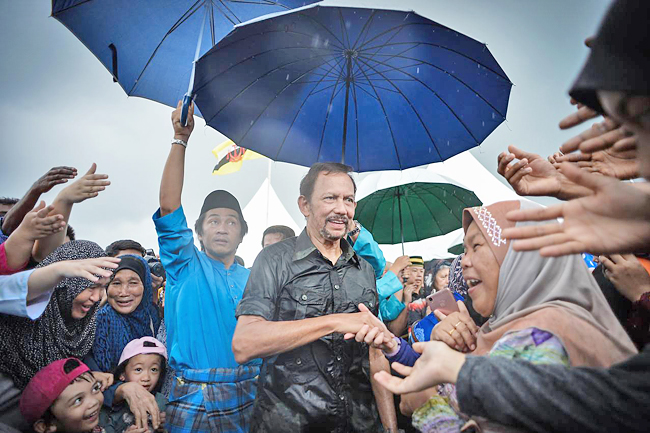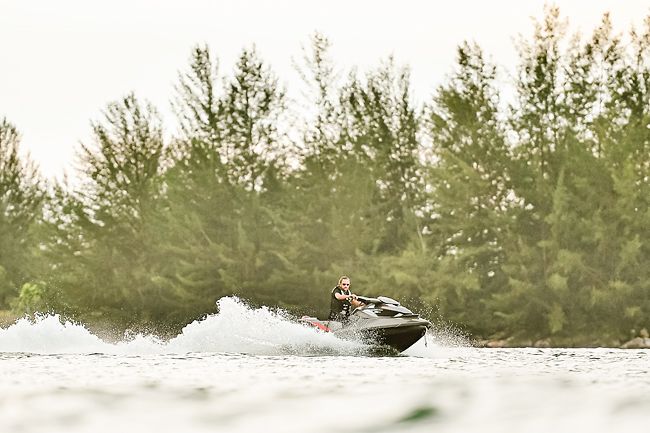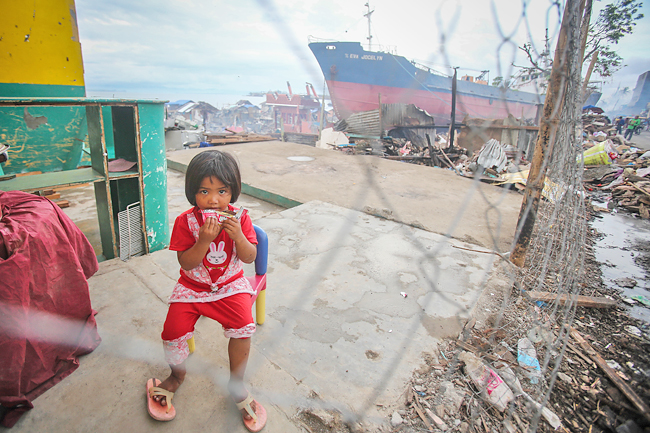Khayr Zakariyya
In today’s fast-paced world, news travel at lightning speed. From breaking news to in-depth features, we are bombarded with information from all corners of the globe. But while words can be powerful, there is also something uniquely compelling about a photograph. A single image can convey a wealth of emotion and information, telling a story in a way that words alone cannot. This is the power of photojournalism.
As a photojournalist based in Brunei Darussalam who has been capturing the stories of the community and region for over a decade, my work has been featured in local and foreign publications, including the Bulletin, The Guardian, The New York Times and other international newspapers.
Born and raised in the Sultanate, I always had a passion for photography. I was lucky enough to have laser-focus from a young age. This, combined with strong devotion, led to my success in the fiercely competitive photojournalism market. My passion for the art was born during my freshman year of college by just taking photos of people using a mobile camera. What really drew me in were the people and the stories they had to share.
Today, photojournalism is still an essential part of journalism, but it faces new challenges in the digital age. With the rise of social media and citizen journalism, anyone with a smartphone can capture and share images of breaking news events. This has created a new level of competition for professional photojournalists, who must work harder than ever to capture unique and compelling images.
Photojournalism is the art of telling stories through photographs. It is a form of journalism that relies on visual imagery to convey news, events, and human interest stories.
Photojournalists are tasked with capturing the world around them, documenting everything from breaking news events to the daily lives of people in their communities.





Their images are used in newspapers, magazines, and online publications to inform and engage readers.
But photojournalism is not just about capturing dramatic images of breaking news. It is also about telling the stories of everyday people in a way that is relatable and engaging.
Photojournalists often work on long-term projects that document the lives of people in their communities, shining a light on issues that might otherwise go unnoticed.
These projects can take months or even years to complete, but they are essential for giving a voice to marginalised communities and shedding light on important social issues.
Despite these challenges, photojournalism remains a vital part of the media landscape. A single photograph can capture the attention of millions of people, conveying a message that words alone cannot.
Whether it is a powerful image of a political protest, a moving portrait of a refugee, or a dramatic shot of a natural disaster, photojournalism has the power to move us and make us think.
Among my most notable work was my coverage in 2013 of the aftermath of Typhoon Haiyan, which was one of the most powerful tropical cyclones ever recorded in the Philippines. I went there alone to document the impact of the most powerful cyclone ever recorded because I wanted to learn how other professional photographers covered the natural disaster and also, to gain more experience covering international news.
The project was featured in the Bulletin and earned me recognition as a rising talent in photojournalism.
The people who give me motivation, moral support and creativity are my wife and family. They encourage me to be more adventurous and creative in my work.
For me, the most rewarding aspect of photojournalism is the ability to tell stories that might otherwise go untold.
As a photojournalist, my role is to bring attention to the people and issues that are often overlooked. Through my images, I hope to give a voice to those who might not have one.
But photojournalism is not without its challenges. One of the biggest obstacles can be the resources and support required to cover important stories that involve extensive travel and time.
Another challenging aspect of photojournalism is the need for accuracy and objectivity. Unlike other forms of photography, photojournalism is not about artistic expression or personal vision. It is about documenting the world as it is, without bias or manipulation.
Photojournalists must adhere to strict ethical standards, avoiding any actions that could alter the truth of their images.
An additional challenge facing photojournalism today is the need to adapt to new technologies and changing media landscapes. With the rise of social media and online news sources, photojournalists must be able to work quickly and efficiently to produce images that can be shared across multiple platforms. They must also be skilled at editing and curating their images, selecting the most compelling shots to tell a cohesive and impactful story.
Despite these challenges, I remain committed to my work, driven by a deep sense of purpose and a desire to make a difference. For me, photojournalism is not just a job, it’s a calling.
I believe that through my images, I can help to bring about positive change in my community and country.
Looking to the future, I’m very optimistic about the role that photojournalism will continue to play in the media landscape.
In a world where information is so readily available, it’s more important than ever to have visual storytellers who can capture the complexity and nuances of the world around us.
I believe that photojournalism will always have a place in the media, and I’m excited to see where it will take us in the years to come.






